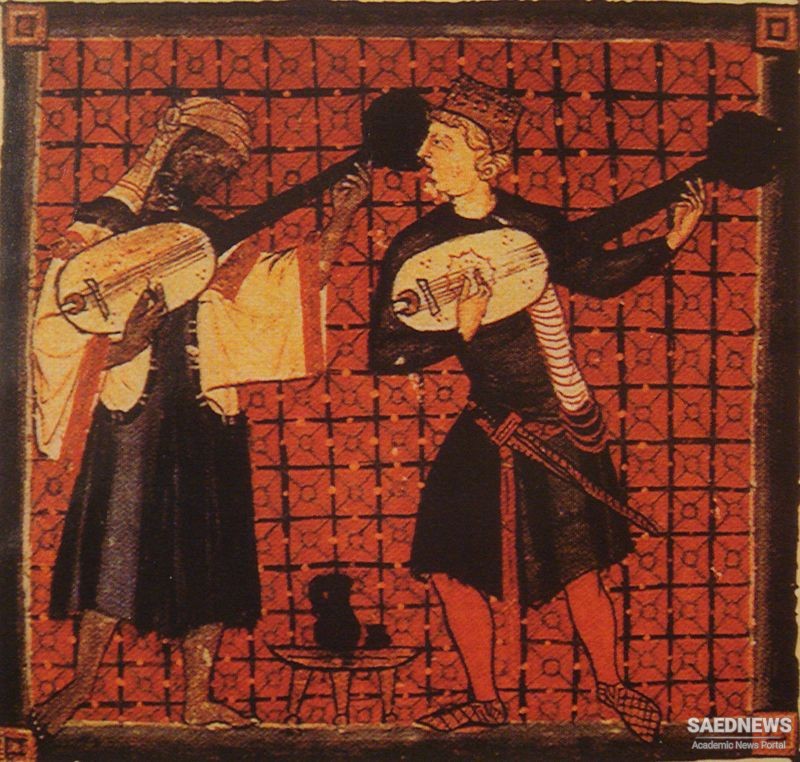The positive achievements of the centuries following 1200 stand in striking contrast to the timid experiments of those before. From this point onward the art of music becomes interestingly interwoven with progress in other fields, being a phase of the general intellectual awakening of Europe that preceded the Renaissance. Among the historic conditions to be borne in mind are (a) the breaking up of Charlemagne's empire in the 9th century, with the gradual disintegration of the feudal social system ; (b) the Crusades in the 12th and 13th centuries, with their immense stimulus of thought and activity, especially among the lower classes; and (c) the new life in the fine arts generally, as shown by the rise of Gothic architecture about the 13th century and of Italian painting in the rjth. The distinctive feature of the period in music was a profound alteration in the aim of composition. In Greek music and its successor, the Gregorian style, the one desire was for a single melodic outline to enforce and beautify a verbal text. All music was a specialized outgrowth or derivative of poetic speech. A new era came in when it was seen that music might have beauty and meaning more or less independent of its words, being built up into a fabric or edifice of tones by massing and interweaving two or more voice-parts like strands or threads. The transition to this new idea involved two lines of effort, which for convenience 'may be taken up separately. These were (a) the reduction of melodies to regular rhythmic form, with such accentual and durational values of the tones that their motions could be accurately measured and mutually adjusted, and (b). the discovery of ways in which melodies could be simultaneously combined so as to be concordant, or, if discordant, still satisfactory and effective. The former effort led to a theory of 'time,' the latter to a theory of 'counterpoint,' . and the two were mutually interdependent at every point.


 Polyphonic Versus and Development of Variant Styles of Music
Polyphonic Versus and Development of Variant Styles of Music














































